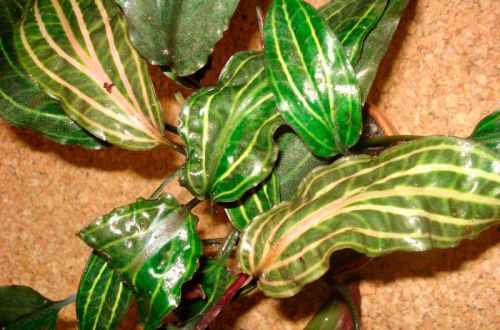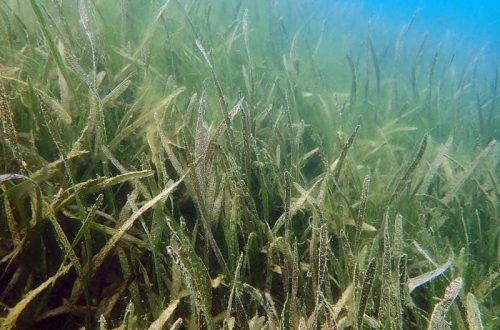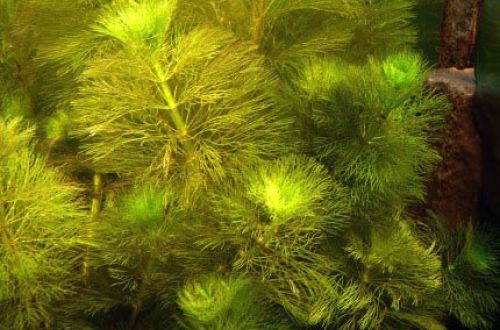
Cryptocoryne cordate
Cryptocoryne cordate, scientific name Cryptocoryne cordata. Comes from Southeast Asia. It is found throughout the Malay Peninsula and the Greater Sunda Islands. Typically, this plant grows in mild, acidic waters, peat bogs, although some varieties have adapted to the environment with high carbonate hardness in limestone lakes, such as in southern Thailand.

Considered to be a rather heterogeneous species. Plants, now included in its composition, previously belonged to independent species. Currently, after many years of field research, biologists distinguish four varieties:
Cryptocoryne cordata var Cordata – predominantly West Malaysia;
Cryptocoryne cordata var Siamensis – southern Thailand on the border with Malaysia;
Cryptocoryne cordata var. Diderici – the central part of the island of Sumatra;
Cryptocoryne cordata var. Grabowskii — Island of Borneo.
In the aquarium trade, the most popular is the Siamese Cryptocoryne cordata (Cryptocoryne cordata var Siamensis). Until 2010, it was called Cryptocoryne Blass (Cryptocoryne blassii). This erroneous name is still widely used, so it can be taken as a synonym.
The plant forms a small bush of a dozen leaves growing from a single center – a rosette. Young leaves are ovate or heart-shaped, somewhat elongated as they grow. The leaves are attached to a long petiole. The color of the leaf blades varies from dark green to brownish. In the breeding form of Cryptocoryne cordata var Siamensis with the prefix “Rosanervig”, the leaves have light veins.
A number of sources indicate the difficulty of growing in home aquariums. This information is borrowed from German literature, where earlier Cryptocoryne cordate was mistakenly considered Griffith’s Cryptocoryne (Cryptocoryne griffithii), which just barely lends itself to normal growth in an artificial environment. True Cryptocoryne cordata is easy to grow, not demanding on the hydrochemical composition of water and the level of illumination. It does not need additional feeding if it is together with fish – a source of natural fertilizers.





